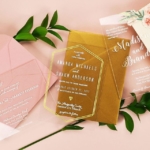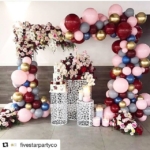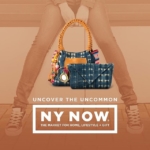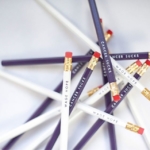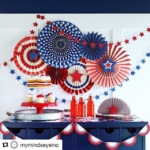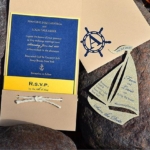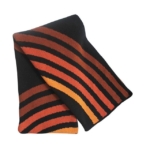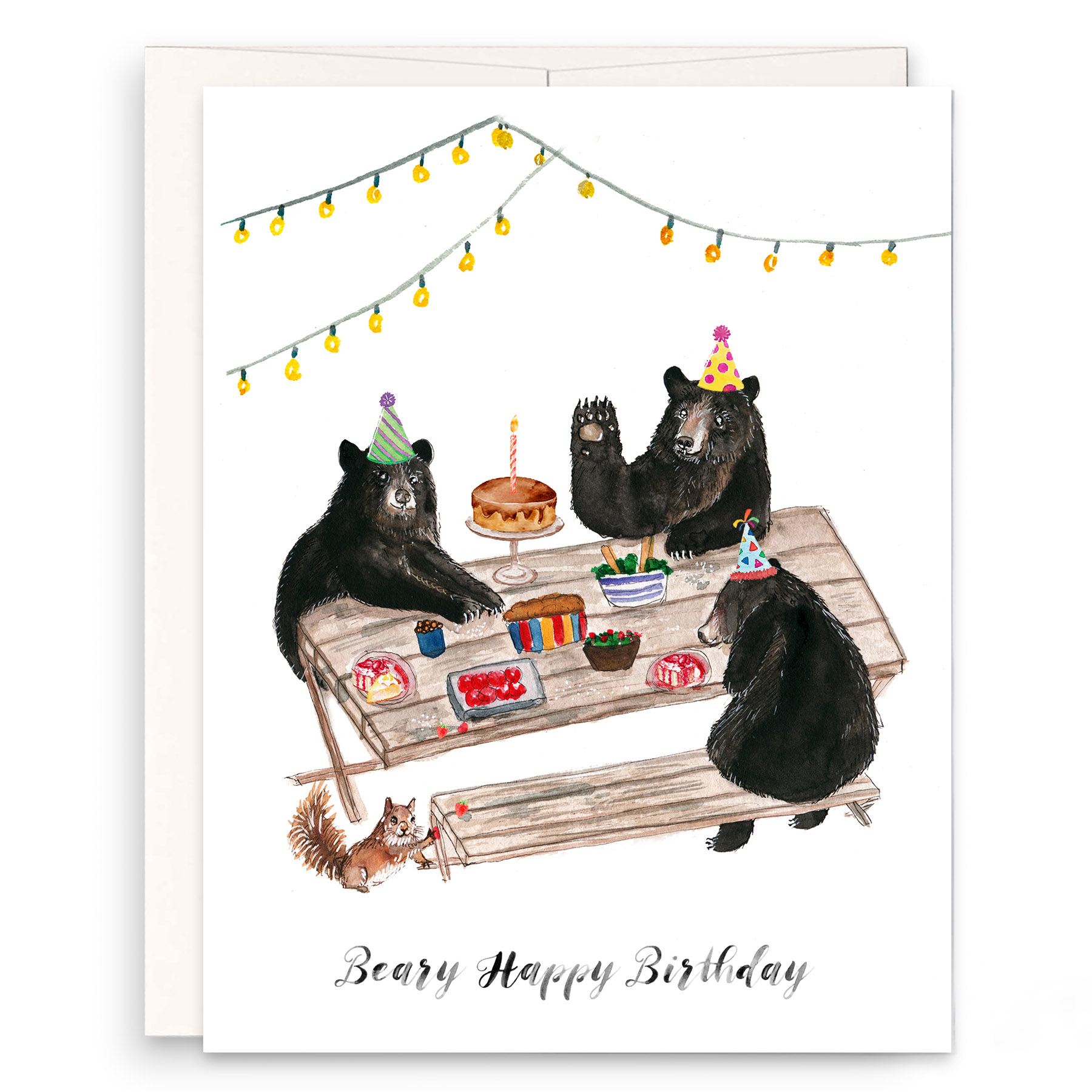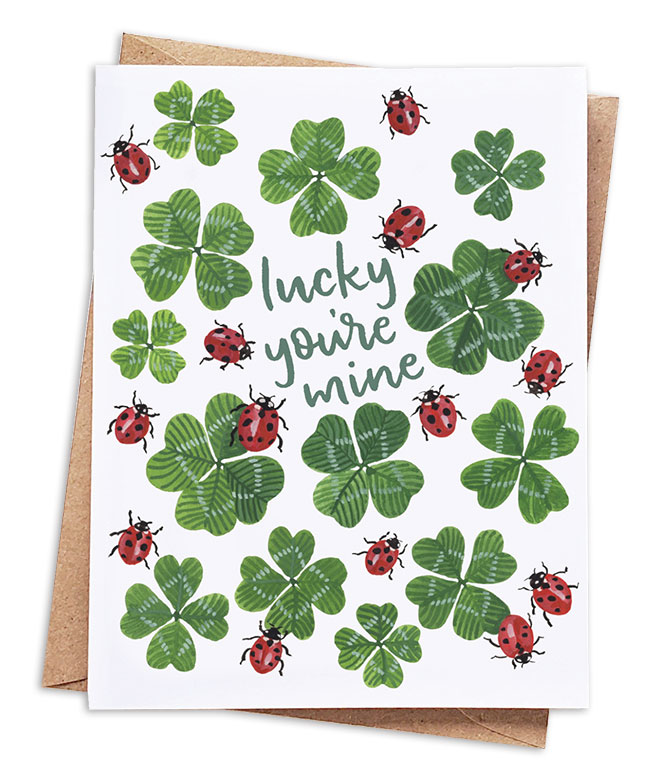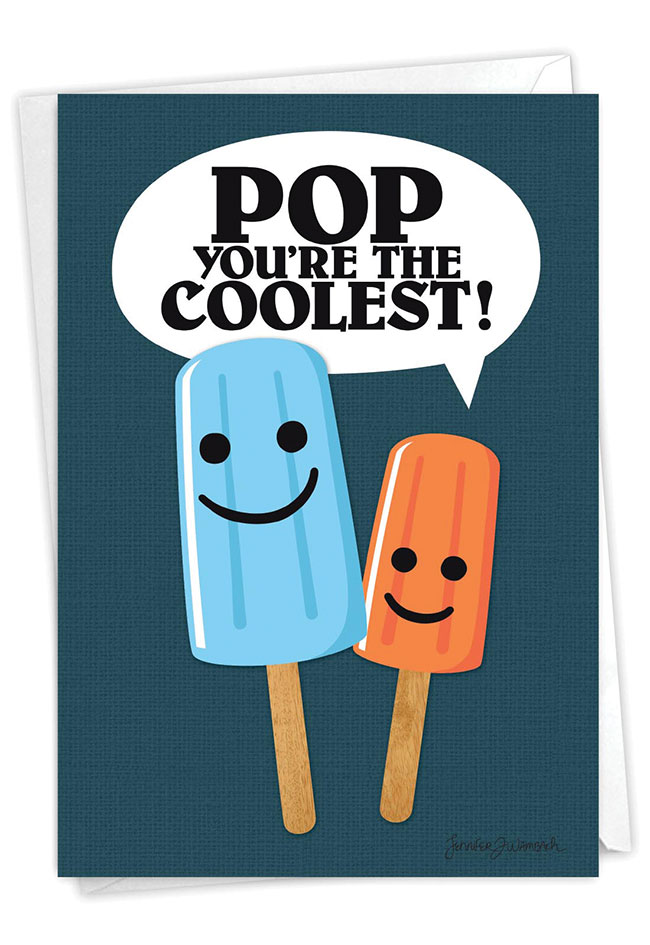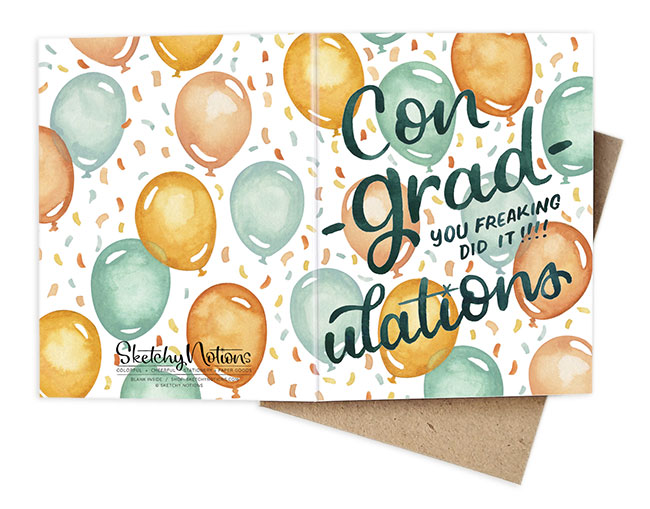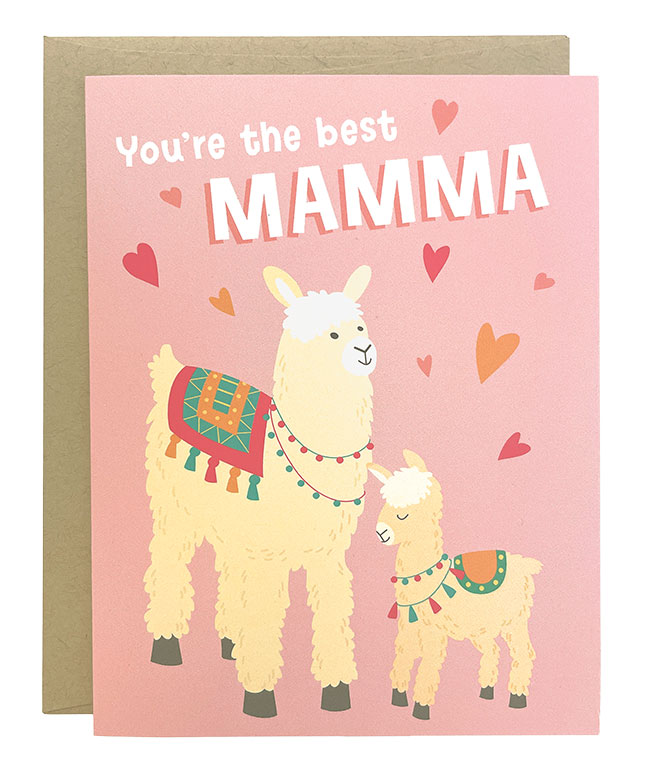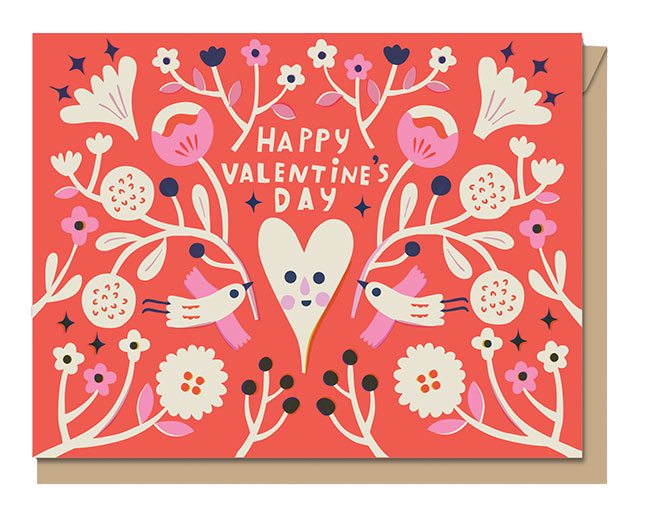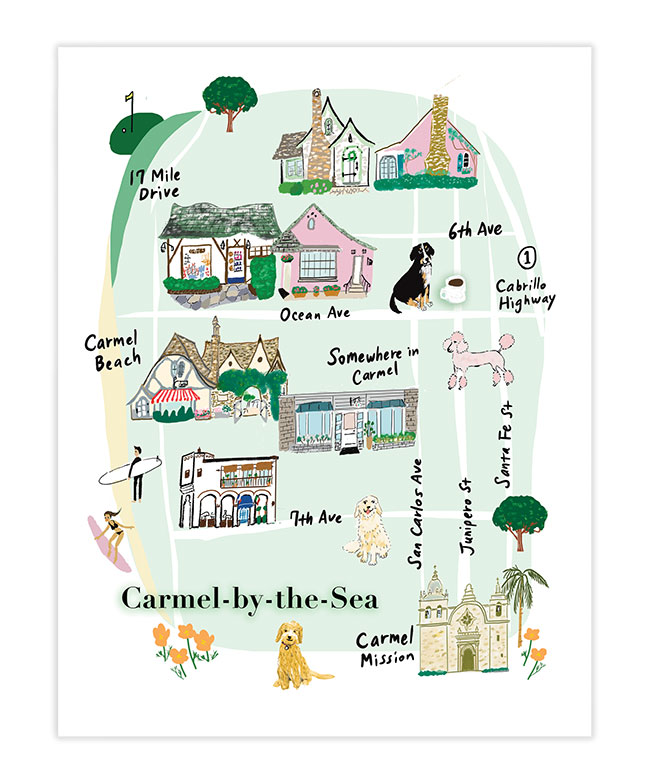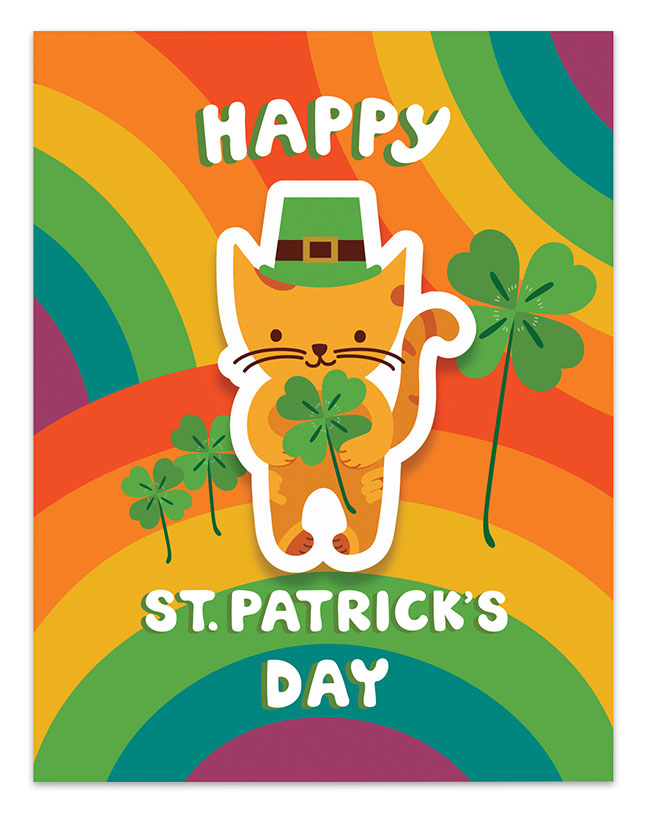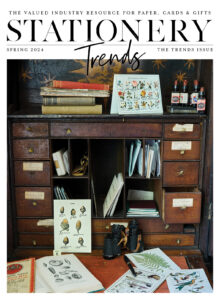Uncategorized
January 5, 2012 •
The Ultimate Luxury

As the economy plummets, so too do our lifestyles. The birth rate is shrinking, vacations often become stay-cations and new home builds are still looking great, but often lack great rooms. But as Americans, we are consumers born and bred, and still need to exercise that urge to splurge.
Interestingly, the definition of what makes a luxury, even among the super-wealthy, has changed with the financial climate. Blue Carreon, a contributor to Forbes.com, recently dissected this topic. “No longer is luxury defined by excess and conspicuous consumption. Now luxury means products with higher perceived value and increased practicality,” Robert Bergman, president of Bergman Associates, a boutique luxury branding and advertising company, said in the article.
“Demonstrating this is the near-disappearance of the ‘logo-covered product’ in the marketplace. The face of luxury is becoming much more subtle, understated and less ostentatious. When your product is one of a kind, hand-made or customized to (or for) you, you create instant exclusivity – no one else can have what you have.”
That last sentence leapt out at me. For what defines this new definition more than our very category? What is more customized than an invitation, whether produced in-house or painstakingly selected from an album? Even a personalized folded note falls into this domain, as does anything not off the rack so to speak. And what can be more handmade than a letterpressed card?
The fact that handmade stationery items are affordable splurges is what sets them apart and makes them somehow more practical to consumers. More importantly, what makes our category so special is that it is passed from hand to hand. So when a customer mails a special missive purchased at your venue or designed by you, think of them as not only communicating their discerning taste, but also spreading a little piece of luxury.
The piece went on to point out that value hasn’t fallen by the wayside – rather it remains an important in the process that transforms a buyer into a browser. Milton Pedraza of the Luxury Institute, a consulting company dedicated to studying the behavior of high net worth consumers, was quoted as defining luxury as the best in design, quality, craftsmanship, service and pedigree. But more importantly, “If a brand can deliver that at a lower price, consumers love that even more because they feel they are optimizing value. Coach, Apple and Zappos are examples of that trend.”
Those are important factors in both defining your own brand and deciding which brands to stock. For while it may seem like something of a contraction, affordable luxuries may well define the year, if not the decade.


